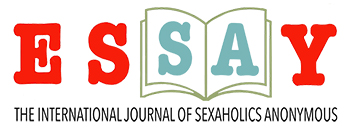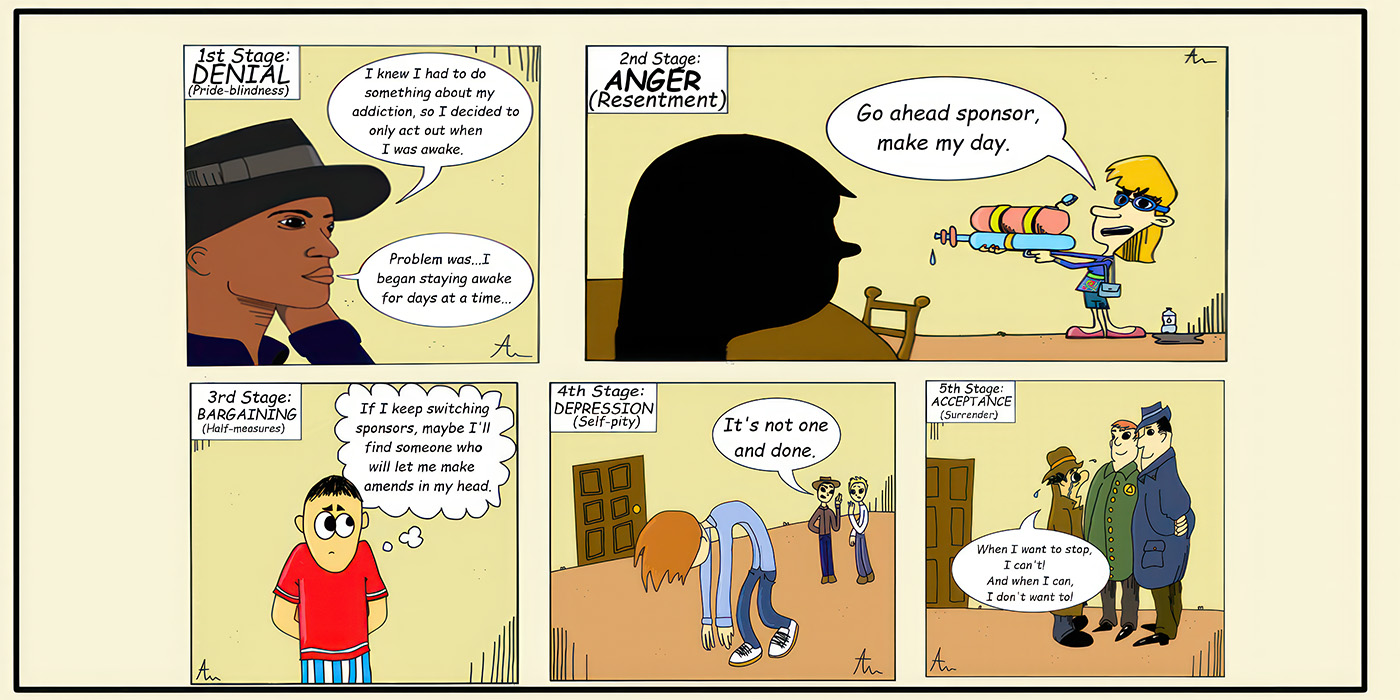1996
Originally published in ESSAY, March 1996
Sexaholics Anonymous observed a major milestone in the convocation of the first Oversight Assembly on Friday, January 12, 1996. In attendance, were SA members with at least three years of sobriety, elected, or drawn, from the eight geographical regions: Northwest, Southwest, North-Midwest, South-Midwest, Northeast, Mid-Atlantic, Southeast, and International. Mike B., chair of the Service Structure Committee, provided the guiding hand in opening the meeting and providing continuity to this historic event.
The SA fellowship was launched by nine men and women who met together July 26, 1981 in Simi Valley, CA to adapt the AA program for their lust/sex addiction and formulate SA’s definition of sexual sobriety. During the first year or two, decisions affecting SA as a whole were made by a ten-man board whose members had signed SA’s Articles of Association. At the December 1984 conference in Phoenix, AZ, the second unanimous vote was recorded on SA’s definition of sobriety. The Central Office function was initially served in the converted garage of one of the ten board members in Simi Valley. As the workload increased, that member asked for fellowship help at the December 1983 conference in Simi Valley.
Directed by the Bozeman, MT, Conference business meeting June 6, 1987, the first Central Office Oversight Committee (COOC) was formed and plans set in motion to move the office to commercial quarters and serve the interim function of making day-to-day decisions and acting as an Advisory Committee. Another committee was also formed after Bozeman to offer to the fellowship an SA National Group Conscience Procedure for “discerning the fellowship-wide group conscience.” This would eventually be called the International Group Conscience Committee, or IGC. In 1990-91, the IGC oversaw the most extensive “sense of the fellowship” ever taken on the issue of SA sobriety, which was resoundingly reaffirmed.
At the July 1991 conference in Chicago, the Service Structure Study Committee was formed, which has led to formulation of the existing structure implemented in Phoenix January 12, 1996. Simply put, it embodies the fundamental notion of having an Oversight Assembly, consisting of representatives of the aforementioned regions, representing the groups in making decisions affecting SA as a whole. The Oversight Committee, like a trustee board, would be elected from the Assembly, with the qualification that members have five years of sobriety.
The Assembly passed several motions at its Friday afternoon meeting. First, all delegates who came to represent their region, or an area within the regions, formally elected or not, were recognized as members of the first Oversight Assembly and were approved to serve a six month interim term. This was to allow time for elections to take place so that all duly elected delegates can gather in July in Chicago. Second, officers elected were Sylvia J., Oklahoma City, chair, and Jessica S., secretary. The Assembly then elected the members of the first Oversight Committee: Sylvia J., Paul G., Katherine D., Bill P., and Barry W. The Chair is Sylvia J.; Co-chair, Paul G.; secretary, Katherine D.; Bill P., Chair of the Central Office Management Committee. The COOC met for the final time and officially turned over all open business items to the Oversight Assembly. All existing committees were asked to remain in place. Following the AA model, a member of the Oversight Committee volunteered to act as liaison for each standing committee. Intergroups and Loners, Barry; Paul, SA Corrections Committee (SACC); Bill, COMC and By Laws; Katherine, Literature. This liaison will be tried on a six month basis and reevaluated at the Chicago Meeting.
New committees appointed include Finance, Bob R., Internet and Nominations, Barry W. There is much work to be done. The Finance Committee is charged with the responsibility of the budget and the wise allocation of SA funds. The Nominations Committee will oversee the process of finding and selecting non-sexaholic candidates for the four slots on the Oversight Committee. The experience of AA suggests that non-sexaholic trustees would be able to speak about SA at a public level, to the media, and represent SA in legal and financial matters.
Thus, all of us are poised to serve the fellowship and to seek the greatest possible participation in matters affecting SA as a whole. It is an exciting time to be sober in SA!
Yours in love and service,
Katherine D. & Jessica S. — Recording Secretaries, Oversight Committee and Oversight Assembly






